-
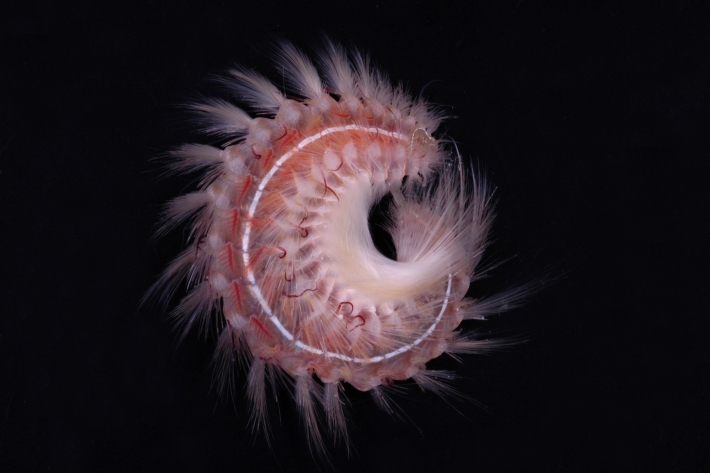
Critters of the Week: invertebrate phyla
Every animal on Earth belongs to one of about 35 groups called phyla. In biology, a phylum (plural: phyla) is a taxonomic rank below kingdom and above class -

NIWA studies spectacular seabed gas flares
News article01 May 2015A team of scientists aboard NIWA’s deepwater research vessel Tangaroa returned to Wellington with new knowledge about methane ‘leaking’ into the atmosphere. -
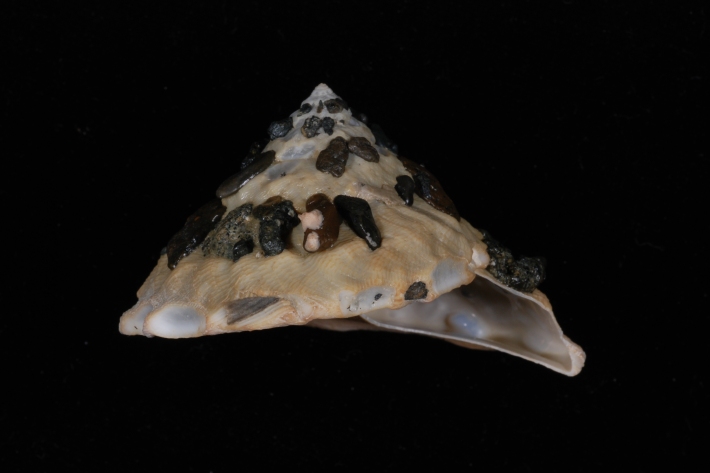
Critter of the Week: Xenophora (Xenophora) neozelanica neozelanica - the shell collector
This week we look at a gastropod that cements other mollusc shells, small stones, dead coral or any other miscellaneous handy debris to the outside of its shell as it grows. -
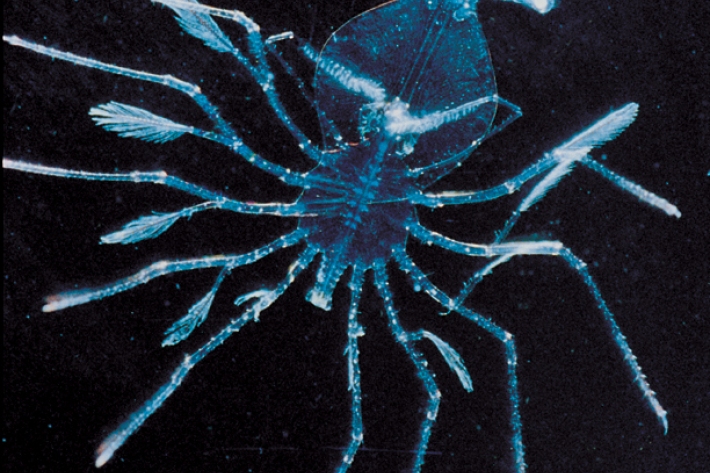
Critter of the Week: phyllosoma
This week we’re showing you something a little different. No, it’s not a member of a specific species – instead, it’s a phyllosoma. -
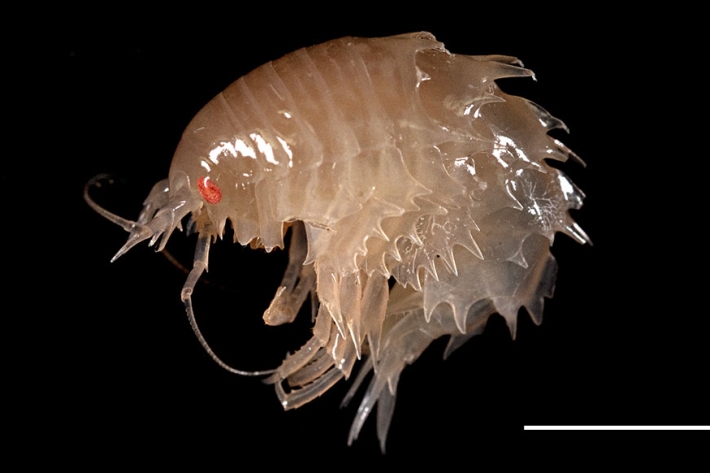
Critter of the Week: the spikey amphipod - Labriphimedia pulchridentata
This week it is International Museum week on Twitter so we thought we would bring you a story about an exciting find in our NIWA Invertebrate Collection archives. -
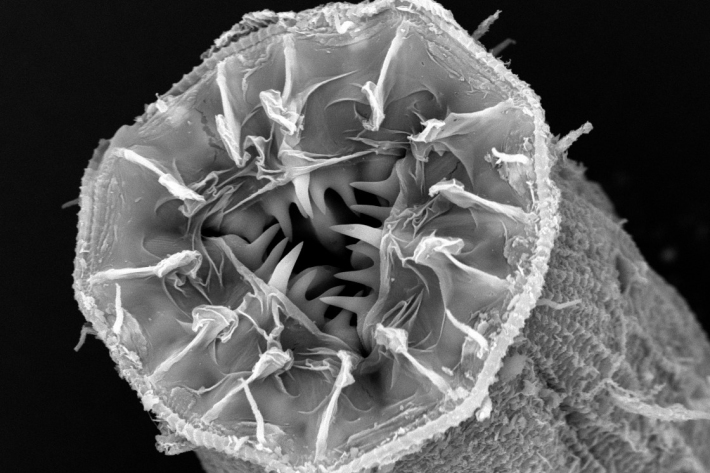
Critter of the Week: new species under our feet
This week we are featuring some new species of nematode worms that have recently been found at Hataitai Beach in Wellington, just two minutes away from NIWA’s Greta Point facilities. -
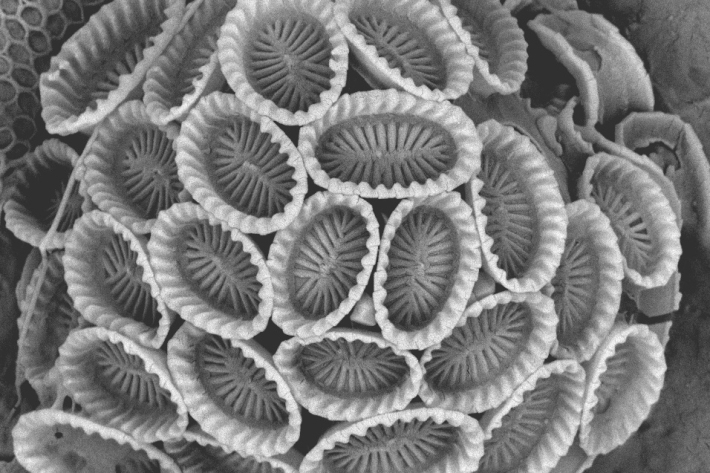
NIWA discovers 141 new creatures
News article16 March 2015The work of NIWA biologists has discovered 141 new marine creatures in the past three years, an important contribution to a worldwide register of the planet’s underwater life. -
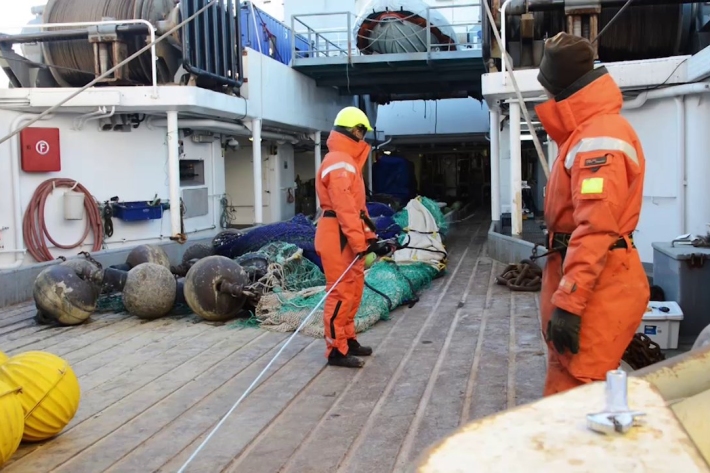
Taking the pulse of Antarctica’s ocean ecosystem
Niwa scientists have anchored an echosounder to the sea floor of Terra Nova Bay that could reveal the mystery of silverfish reproduction under the Antarctic ice. -
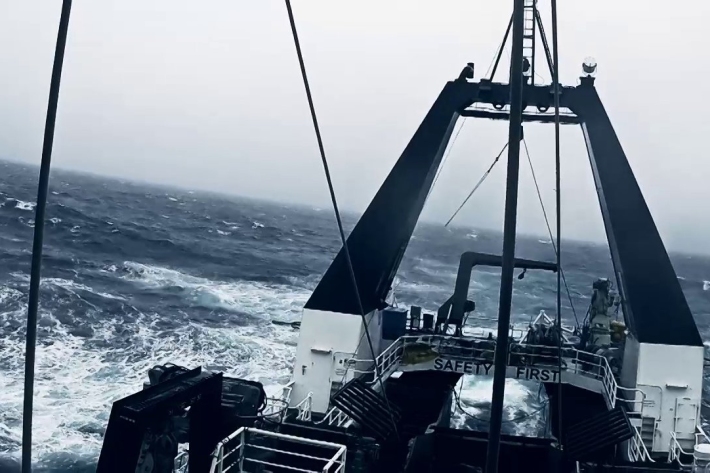
Antarctic Voyage - The Good Bits
Footage - mostly time lapse - from the New Zealand-Australia Antarctic Ecosystems Voyage 2015...with some random music! -
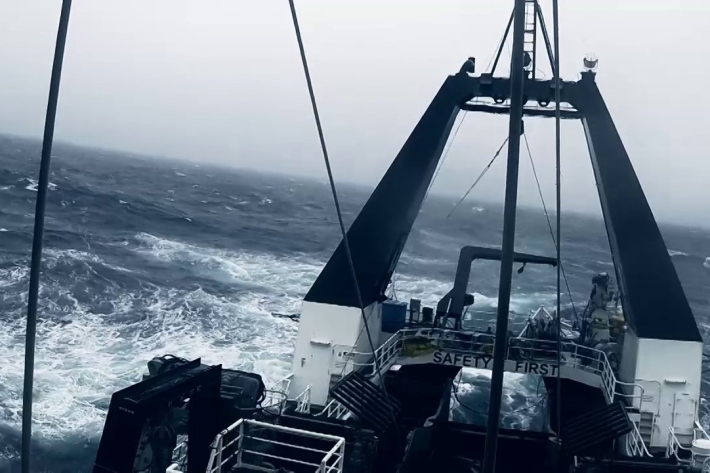
Bad weather while returning from Antarctic voyage
NIWA’s RV Tangaroa encounters bad weather while returning to New Zealand from Antarctica.

